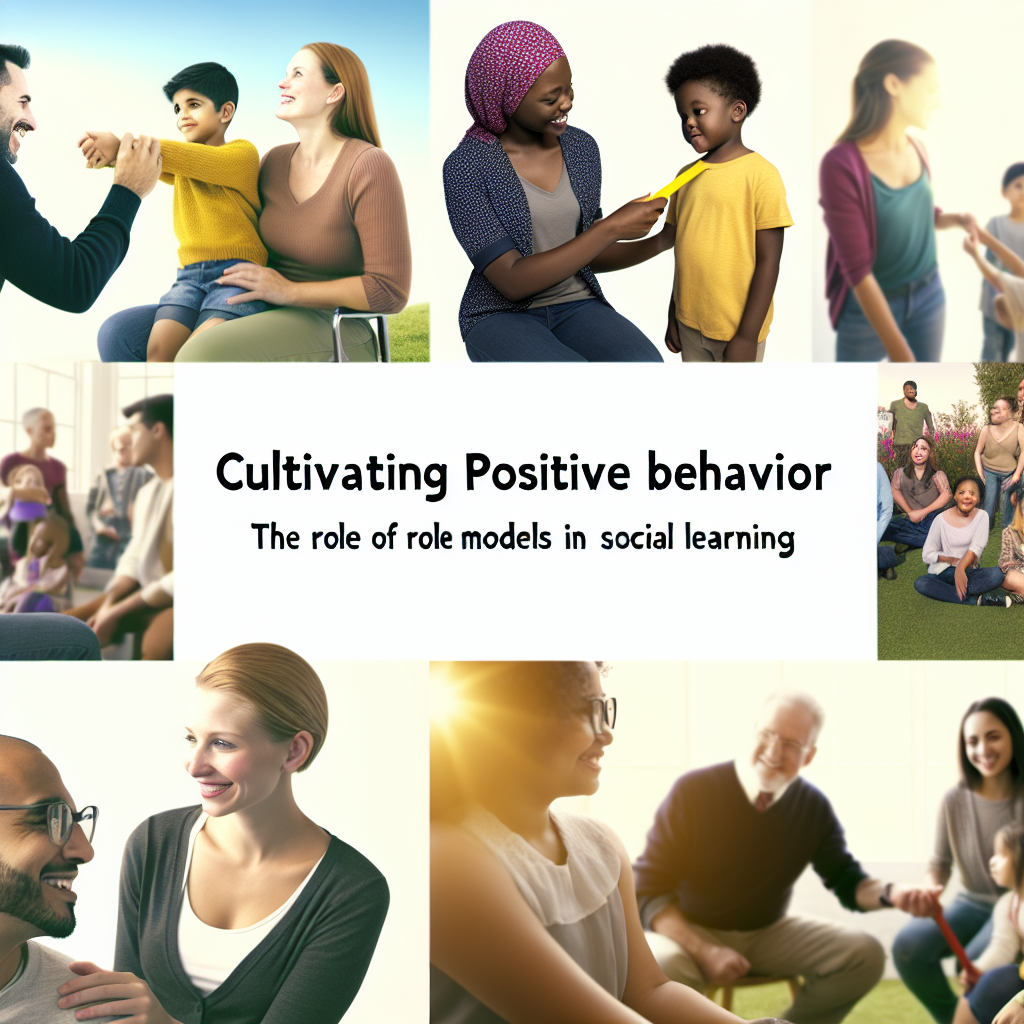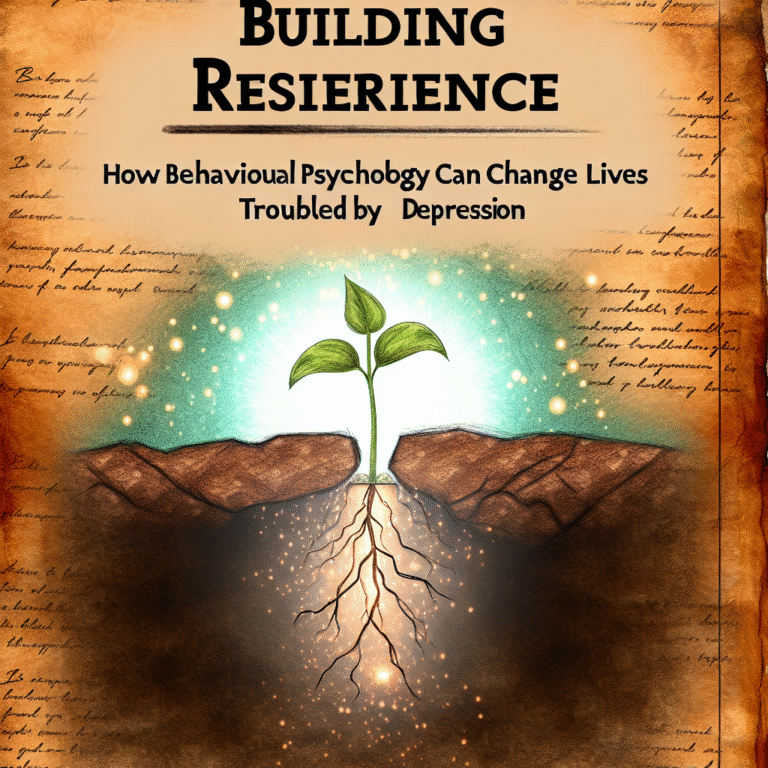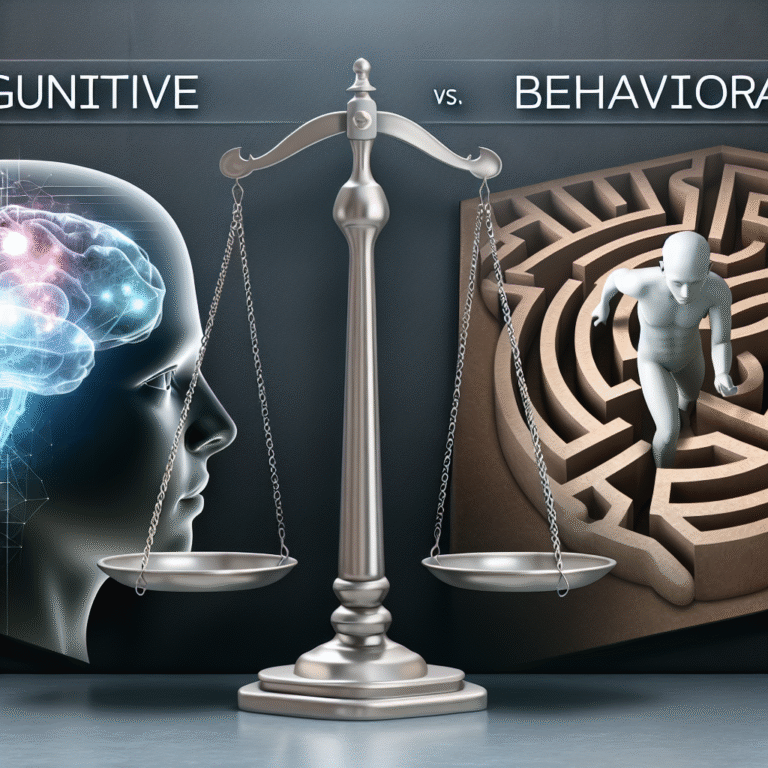
Cultivating Positive Behavior: The Ultimate Role of Role Models in Social Learning
Introduction
In a world saturated with information and fast-changing social dynamics, one thing remains constant: the profound impact that role models have on shaping individual behavior. Cultivating Positive Behavior: The Role of Role Models in Social Learning is not just a theory but an essential practice that can transform communities, families, and organizations alike. The presence of positive role models can ignite motivation, inspire growth, and teach valuable life lessons. With the right guidance and examples, we can foster environments where positive behavior flourishes.
The Foundation of Social Learning
At the heart of social learning theory lies the understanding that individuals learn from observing others’ behaviors, attitudes, and the outcomes that follow. This concept, introduced by Albert Bandura, emphasizes that learning isn’t confined to direct experience but can also happen vicariously. By observing role models, we can absorb essential social cues and behaviors, enabling us to cultivate positive behaviors in ourselves and others.
Why Role Models Matter
The Ripple Effect of Positive Influence
Role models serve as a guiding light in our narratives, offering tangible examples of success, perseverance, and ethical decision-making. Research shows that people often emulate the actions of those they admire. When we talk about cultivating positive behavior, it’s crucial to grasp the ripple effect that a single role model can create within a community.
Case Study: The Impact of Martin Luther King Jr.
Consider the case of Martin Luther King Jr. His principles of non-violent resistance and advocacy for civil rights have inspired countless individuals and movements around the world. By modeling positive behaviors such as determination, compassion, and resilience, King set forth a framework for future leaders to emulate. His legacy illuminates the role of role models in social learning, demonstrating how one individual’s commitment to positive behavior can affect generations.
Building Effective Social Learning Environments
Cultivating Positive Behavior: The Role of Role Models in Social Learning flourishes in environments that encourage openness, respect, and communication. Below are some key factors that contribute to an effective social learning environment:
Encouragement of Diversity: Celebrating diverse role models—across cultures, genders, and professions—allows individuals to find the inspiration that resonates with them.
Mentorship Programs: Initiating mentorship opportunities enables individuals to directly engage and learn from role models, making their influence more personal and impactful.
- Community Engagement: Creating spaces where positive behaviors are acknowledged and celebrated fosters an atmosphere conducive to social learning.
Strategies for Cultivating Positive Behaviors
Lead by Example
One of the most effective ways to influence others positively is to engage in the behaviors you seek to inspire. Whether through acts of kindness, ethical decision-making, or hard work, leading by example lays the groundwork for cultivating positive behavior in your community.
Case Study: The Rise of Mentorship Initiatives
Organizations like Big Brothers Big Sisters have been pivotal in cultivating positive behaviors among youth. By developing structured mentoring schemes where individuals can learn directly from role models, these initiatives underscore the importance of social learning in personal development.
Reinforcement through Positive Feedback
Behavioral psychologist B.F. Skinner emphasized the importance of reinforcement in shaping behavior. Positive feedback—praise, recognition, and rewards—can significantly motivate individuals to adopt desirable behaviors.
Table 1: The Importance of Positive Reinforcement
| Type of Reinforcement | Description | Example |
|---|---|---|
| Verbal Praise | Acknowledging effort | "Great job on your project!" |
| Rewards | Providing tangible benefits | Certificates, gifts |
| Public Recognition | Celebrating achievements publicly | Annual awards ceremony |
Create Opportunities for Observation
Providing settings where positive behaviors can be observed is crucial in cultivating positive behavior. Workshops, training sessions, and team-building activities where individuals can learn from role models foster a rich learning environment.
Case Study: Leadership Development in Corporations
Companies like Google have long understood the benefits of observational learning. Through leadership development seminars that feature successful executives sharing their experiences, they actively cultivate positive behaviors in emerging leaders within their workforce.
The Challenges of Role Modeling
While the positive influence of role models can produce remarkable transformations, several challenges can hinder this process:
The Risk of Idolatry
Sometimes, the line between admiration and idolatry can become blurred. It’s essential to recognize that role models are human and, like everyone else, have imperfections. This understanding fosters a healthier perspective on learning from others.
Misalignment of Values
Not all role models exemplify behaviors that align with the desired outcomes of social learning. It’s crucial to critically evaluate the values and principles that we choose to emulate.
Cultivating Positive Behaviors in Youth
Schools as Crucial Environments
Schools play an instrumental role in cultivating positive behaviors among youth. Teacher-student relationships, peer interactions, and curricula that promote social-emotional learning can all serve to reinforce positive behaviors.
Case Study: SEL Programs in Education
Social-Emotional Learning (SEL) programs in schools have demonstrated significant success in promoting positive behaviors among students. Programs that integrate discussions of empathy, teamwork, and communication skills not only improve academic outcomes but also lay a foundation for lifelong positive behavior.
Conclusion
Cultivating Positive Behavior: The Role of Role Models in Social Learning is an ongoing journey. The importance of role models cannot be overstated; they provide essential blueprints for us to follow, showing us how to lead ethical lives, make impactful decisions, and navigate our social landscapes. By promoting effective social learning environments, leading by example, and employing strategies that emphasize positive reinforcement, we can maximize the potential of role models to inspire positive behaviors.
Embrace the power of role modeling in your life. Seek out individuals who embody the qualities you wish to cultivate, and become a role model to others. As you embark on this journey, remember: every positive change starts with one person willing to take that first step.
FAQs
1. What is the role of a role model in social learning?
A role model serves as an example from whom individuals can learn behaviors, skills, and attitudes by observing their actions and the consequences that follow.
2. How can I become a better role model for others?
To become a better role model, practice behaviors you wish to promote, be consistent in your actions, and create opportunities for others to learn from your experiences.
3. What are some methods to encourage positive behavior in children?
Methods include positive reinforcement, sharing stories of admirable role models, and creating a supportive environment where children feel safe to express themselves and learn.
4. Can role models have a negative impact?
Yes, role models may exhibit negative behaviors that can mislead or misguide others. It’s crucial to critically evaluate the behaviors we choose to emulate.
5. How do schools incorporate role models into their curriculum?
Schools can incorporate role models through SEL programs, guest speaker events, literature featuring positive figures, and mentorship opportunities.
By understanding and leveraging the insights of role models in social learning, we hold the key to our collective potential. Let’s cultivate positive behavior together and empower the next generation to thrive.
















